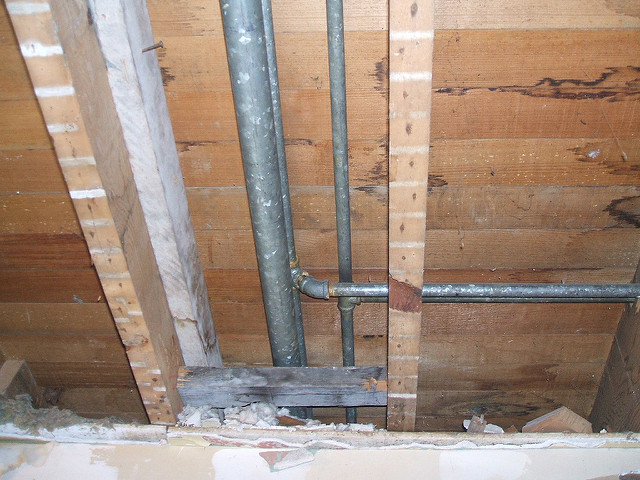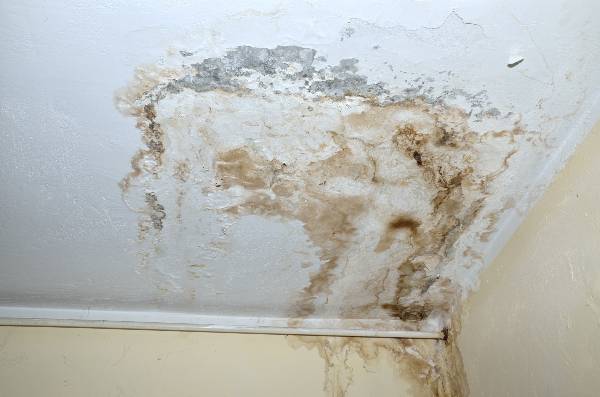Detecting Hidden Water Line Leaks: 6 Ingenious Hacks
Detecting Hidden Water Line Leaks: 6 Ingenious Hacks
Blog Article
In this article below you can get additional dependable resources about Locating water leaks.

Early detection of leaking water lines can reduce a potential disaster. Some little water leaks might not be noticeable.
1. Take A Look At the Water Meter
Every home has a water meter. Checking it is a guaranteed manner in which helps you discover leaks. For beginners, switch off all the water sources. Guarantee no person will certainly purge, use the faucet, shower, run the cleaning equipment or dishwasher. From there, go to the meter as well as watch if it will certainly alter. Given that no one is using it, there ought to be no motions. That indicates a fast-moving leak if it relocates. Likewise, if you spot no changes, wait an hour or more as well as inspect back once again. This means you may have a slow leakage that can also be below ground.
2. Inspect Water Usage
If you detect sudden changes, regardless of your intake being the same, it indicates that you have leaks in your plumbing system. A sudden spike in your expense shows a fast-moving leakage.
Meanwhile, a consistent increase monthly, despite having the same routines, reveals you have a slow leakage that's likewise gradually escalating. Call a plumber to completely check your home, especially if you feel a warm area on your flooring with piping beneath.
3. Do a Food Coloring Examination
30% comes from bathrooms when it comes to water consumption. Examination to see if they are running appropriately. Drop specks of food color in the storage tank and wait 10 mins. If the color in some way infiltrates your dish during that time without flushing, there's a leak in between the container as well as dish.
4. Asses Outside Lines
Don't forget to inspect your exterior water lines also. Test spigots by connecting a yard tube. Should water permeate out of the link, you have a loose rubber gasket. Replace this as well as make sure all links are limited. It will help get it expertly took a look at and also kept each year if you've obtained a lawn sprinkler system. One tiny leak can waste tons of water as well as surge your water expense.
5. Analyze the situation and examine
Property owners must make it a routine to inspect under the sink counters as well as even inside cabinets for any bad odor or mold growth. These 2 warnings show a leakage so punctual interest is required. Doing routine inspections, even bi-annually, can save you from a significant trouble.
Inspect for stainings and compromising as most appliances and pipes have a life span. If you suspect dripping water lines in your plumbing system, don't wait for it to intensify.
Early discovery of leaking water lines can reduce a potential catastrophe. Some tiny water leakages may not be visible. Examining it is a guaranteed means that helps you find leakages. One tiny leakage can waste heaps of water and surge your water costs.
If you suspect dripping water lines in your plumbing system, do not wait for it to escalate.
WARNING SIGNS OF WATER LEAKAGE BEHIND THE WALL
PERSISTENT MUSTY ODORS
As water slowly drips from a leaky pipe inside the wall, flooring and sheetrock stay damp and develop an odor similar to wet cardboard. It generates a musty smell that can help you find hidden leaks.
MOLD IN UNUSUAL AREAS
Mold usually grows in wet areas like kitchens, baths and laundry rooms. If you spot the stuff on walls or baseboards in other rooms of the house, it’s a good indicator of undetected water leaks.
STAINS THAT GROW
When mold thrives around a leaky pipe, it sometimes takes hold on the inside surface of the affected wall. A growing stain on otherwise clean sheetrock is often your sign of a hidden plumbing problem.
PEELING OR BUBBLING WALLPAPER / PAINT
This clue is easy to miss in rooms that don’t get much use. When you see wallpaper separating along seams or paint bubbling or flaking off the wall, blame sheetrock that stays wet because of an undetected leak.
BUCKLED CEILINGS AND STAINED FLOORS
If ceilings or floors in bathrooms, kitchens or laundry areas develop structural problems, don’t rule out constant damp inside the walls. Wet sheetrock can affect adjacent framing, flooring and ceilings.
https://www.servicemasterbyzaba.com/blog/how-to-detect-water-leakage-in-walls/

As a keen person who reads on Locating water leaks, I figured sharing that piece of writing was really useful. Sharing is caring. Helping people is fun. Thanks a bunch for your time. Don't forget to come visit our site back soon.
Just a call away! Report this page